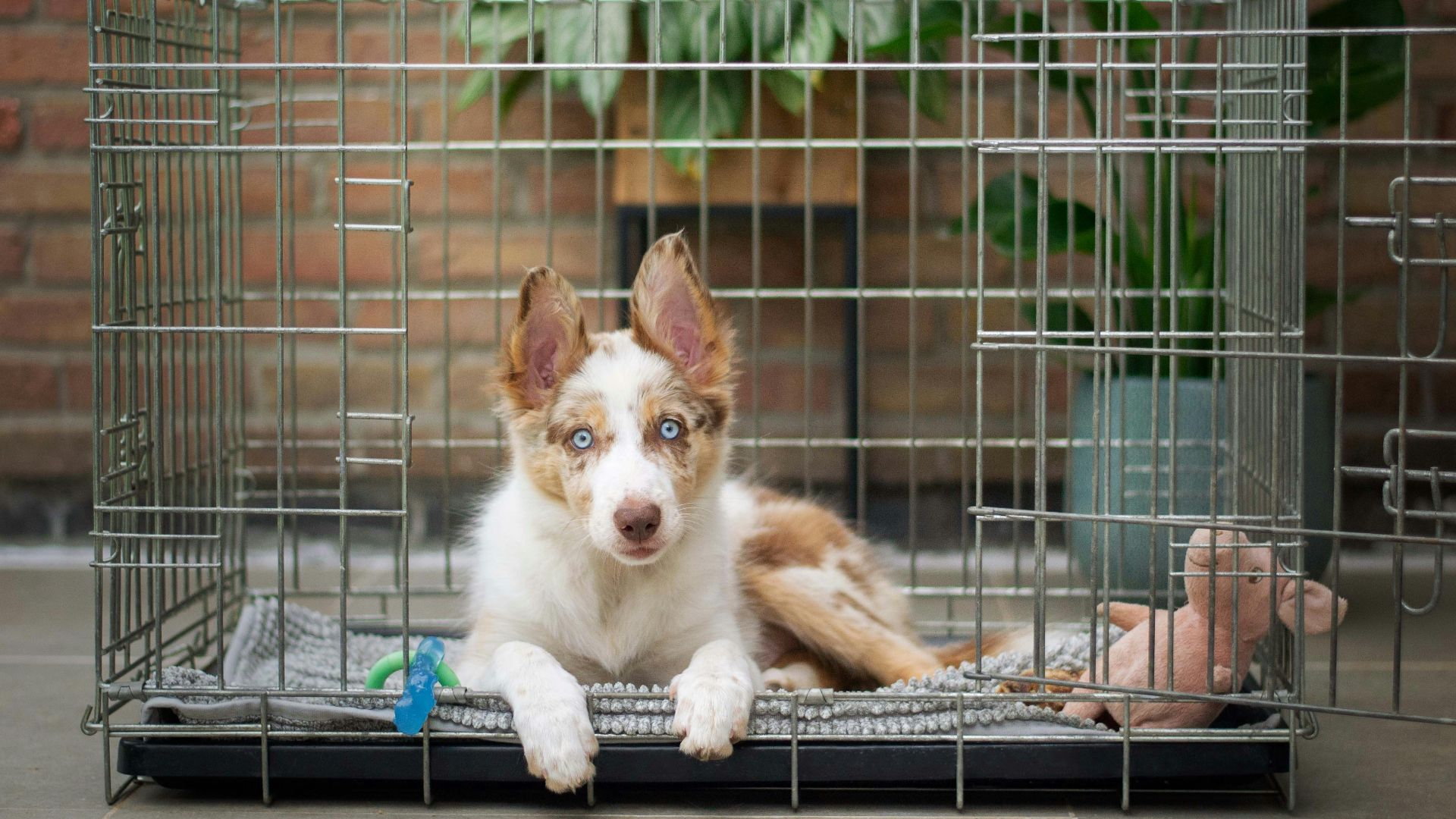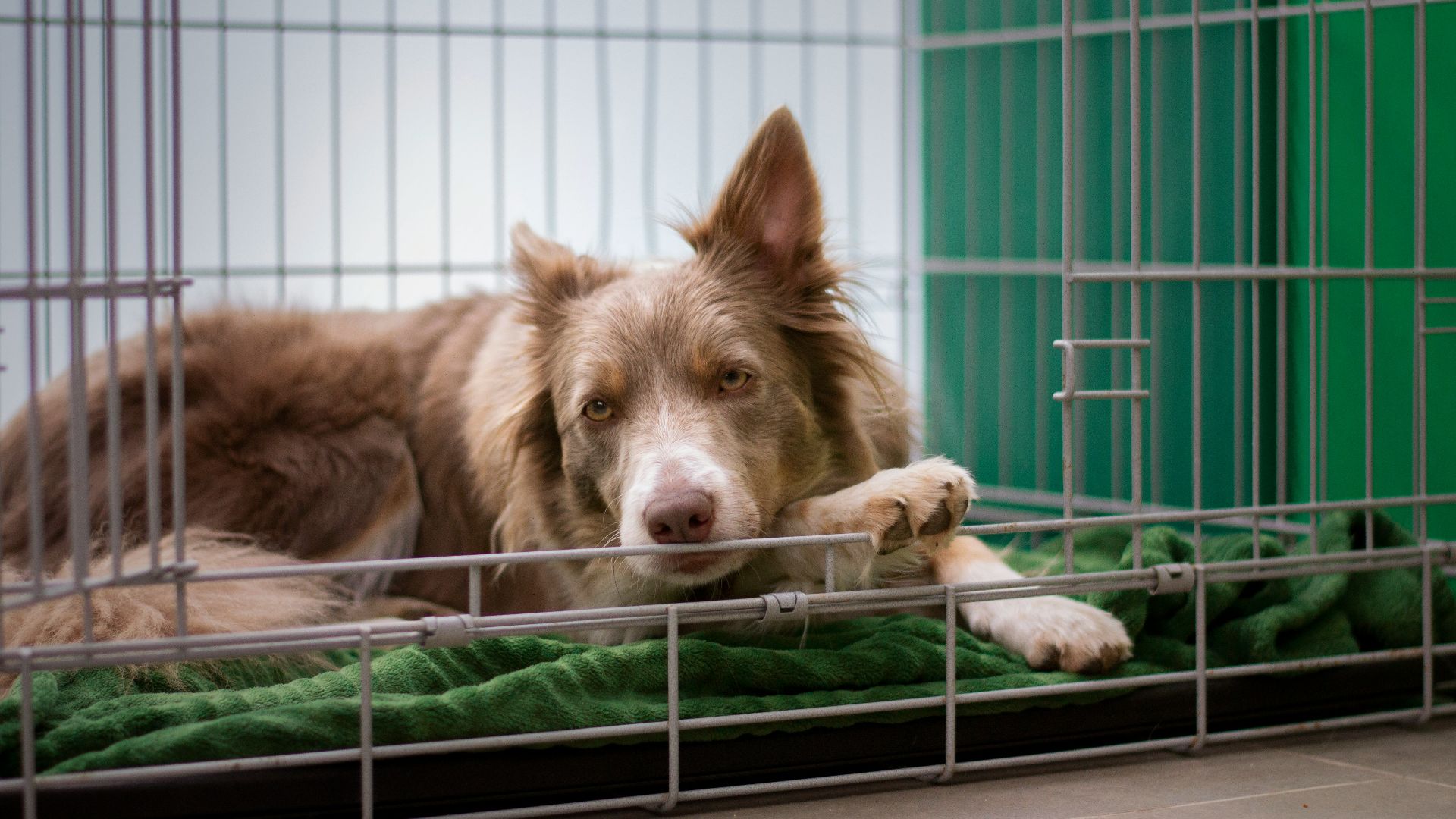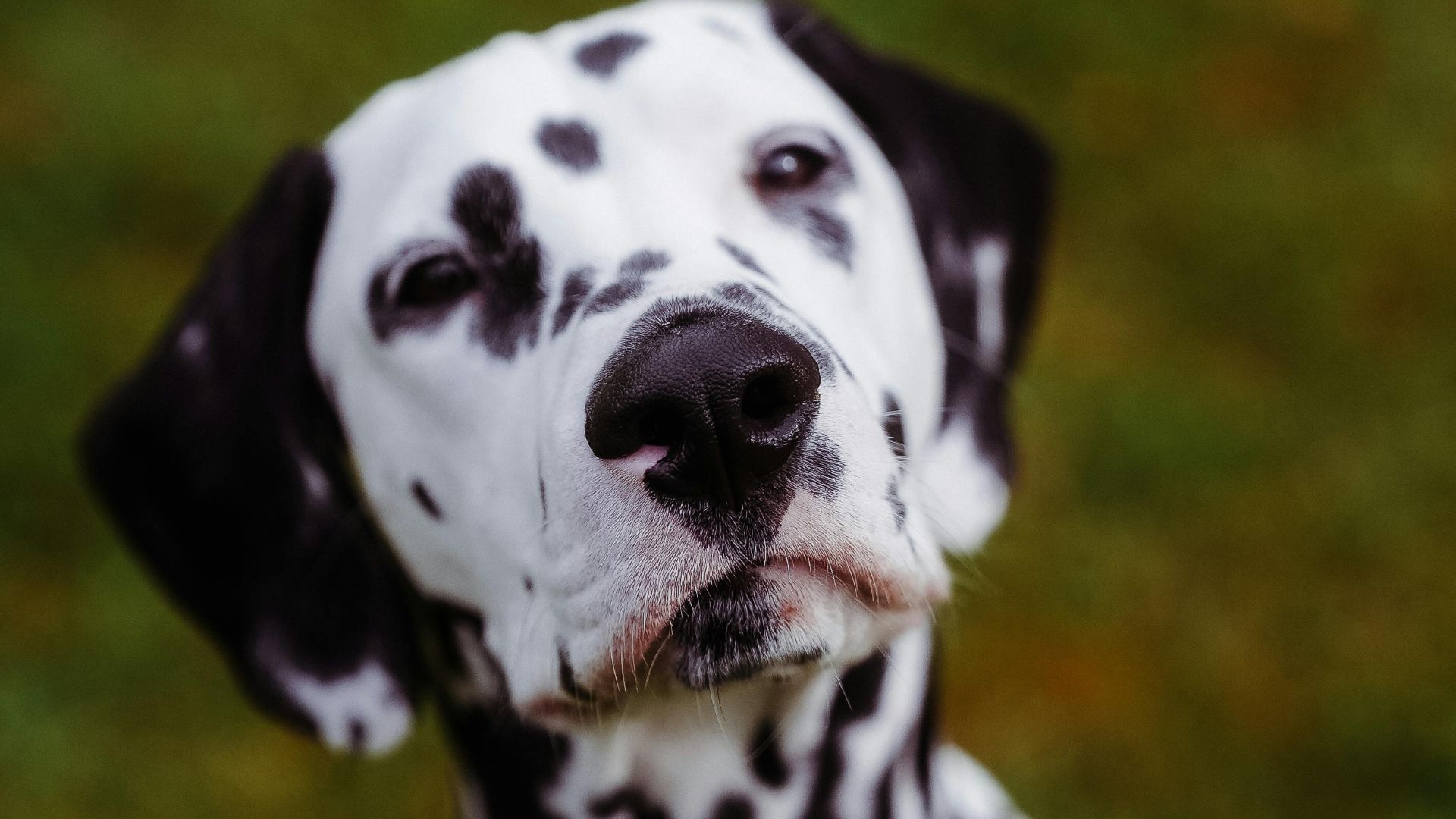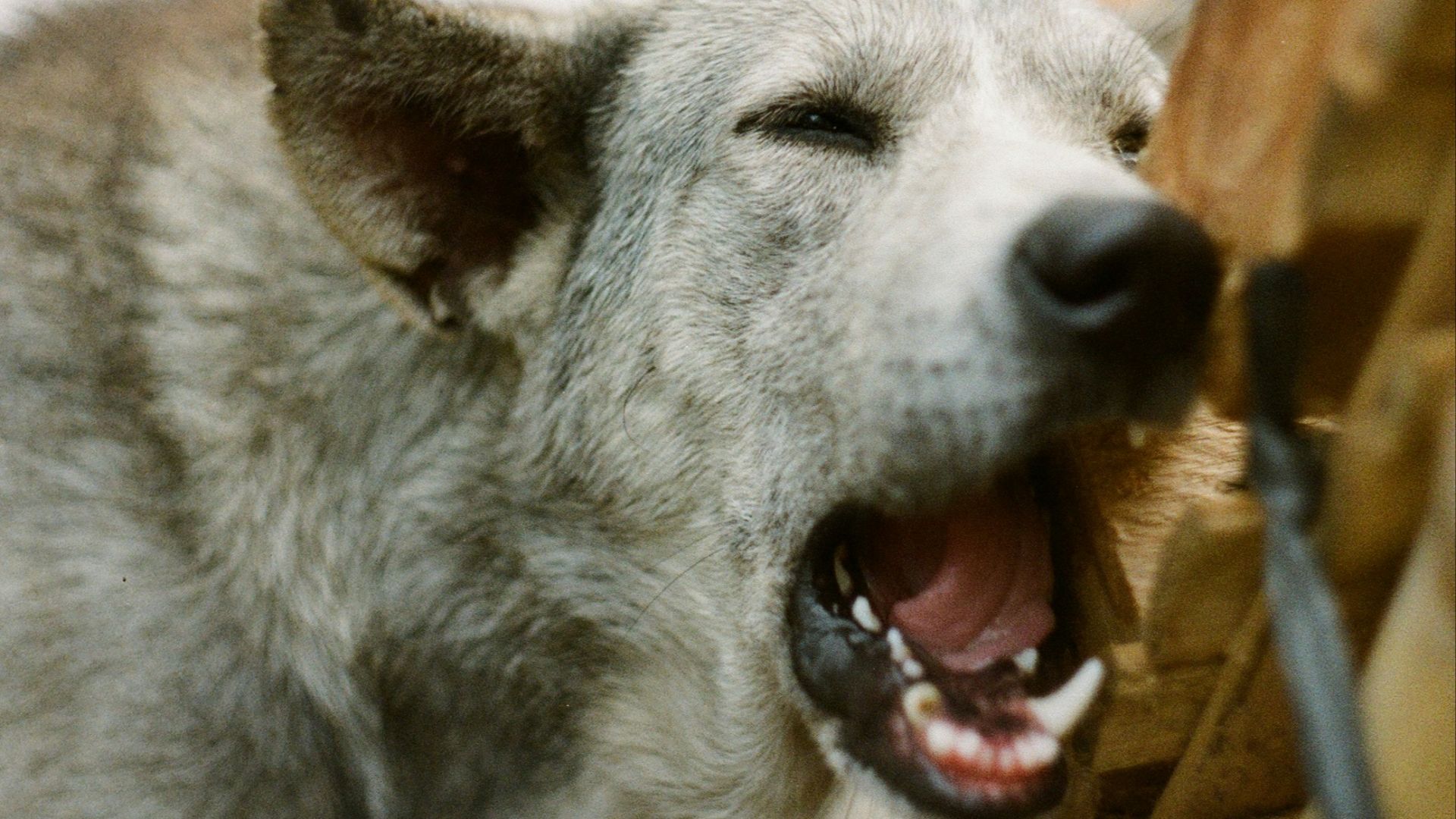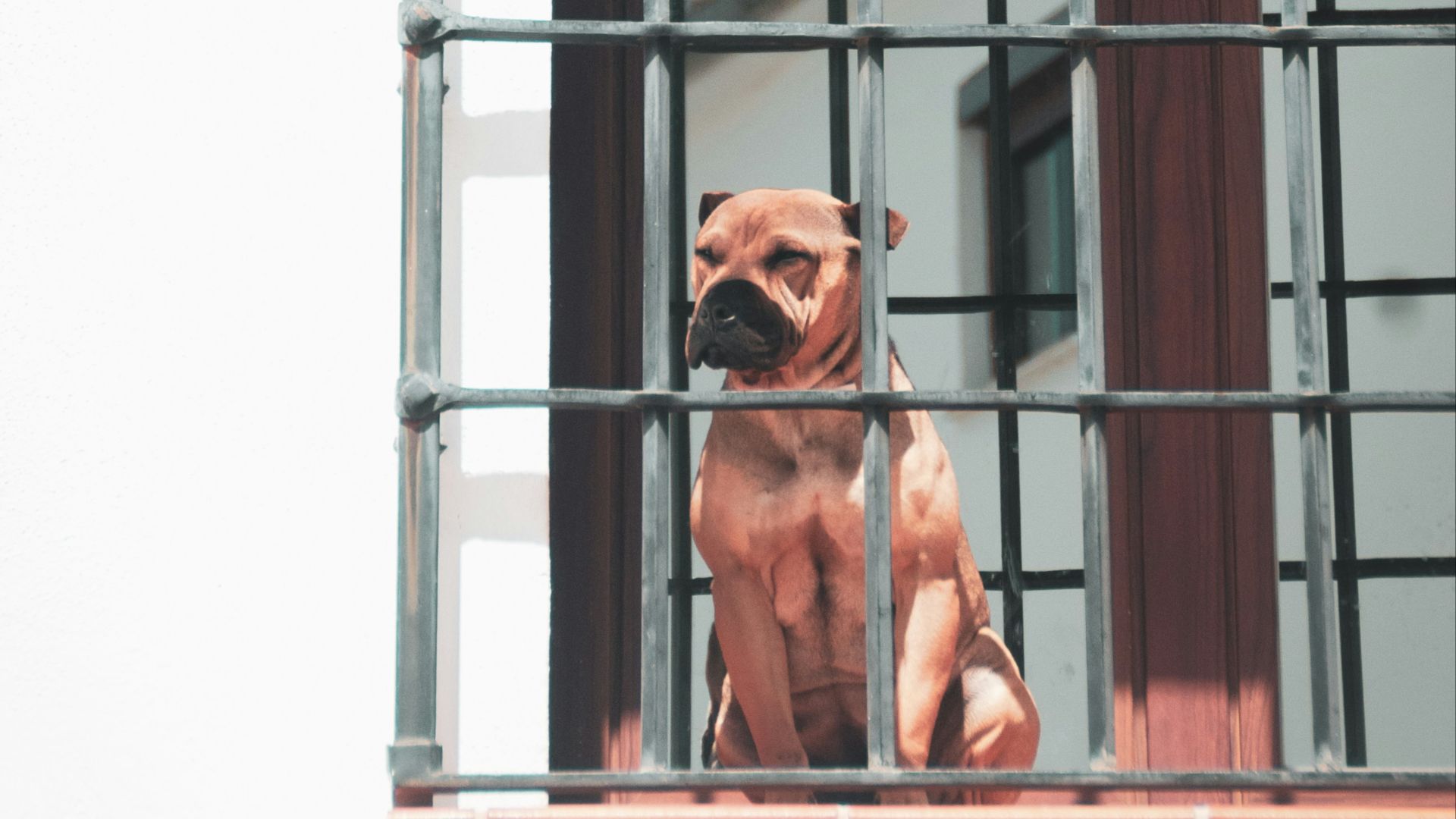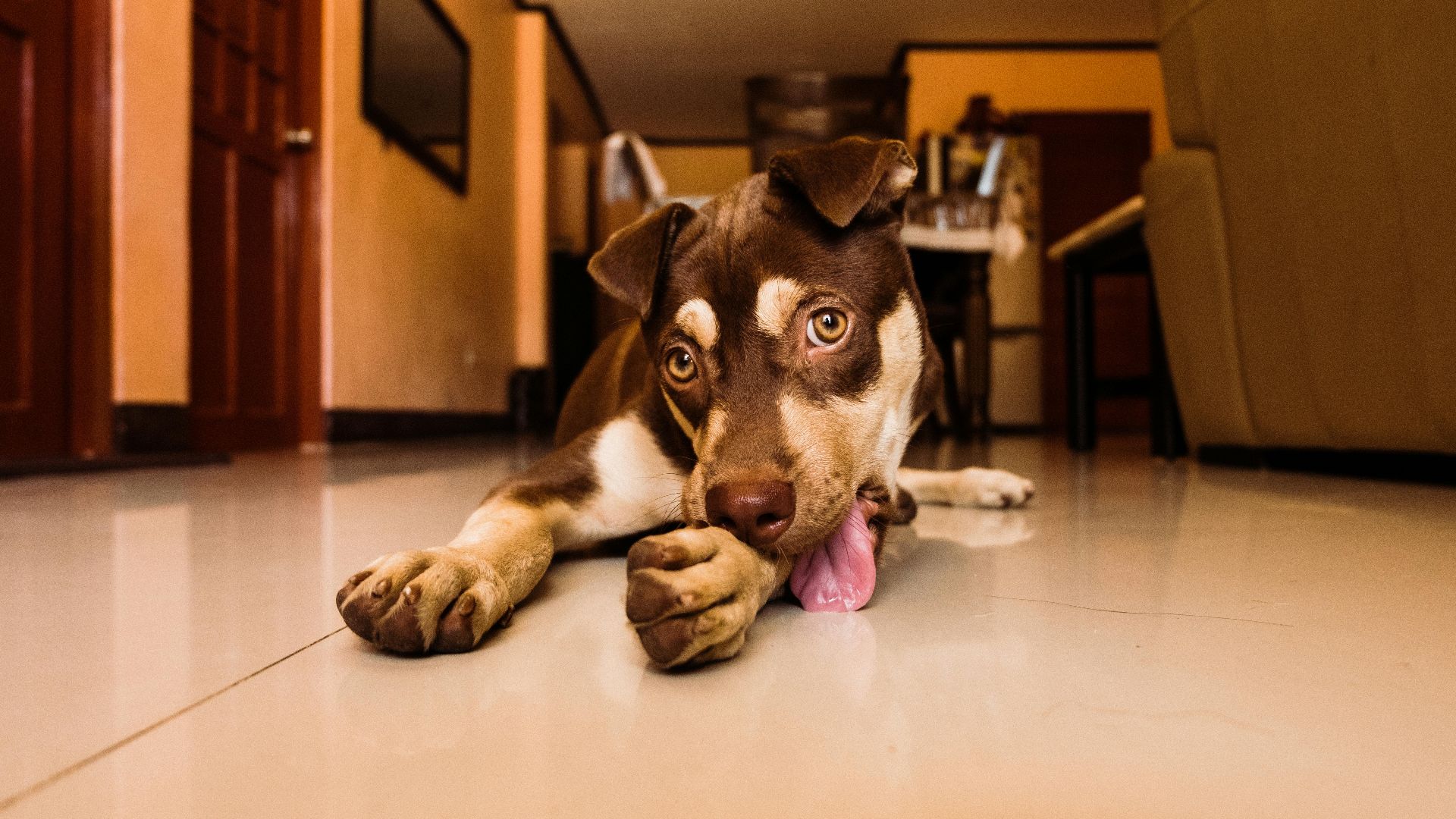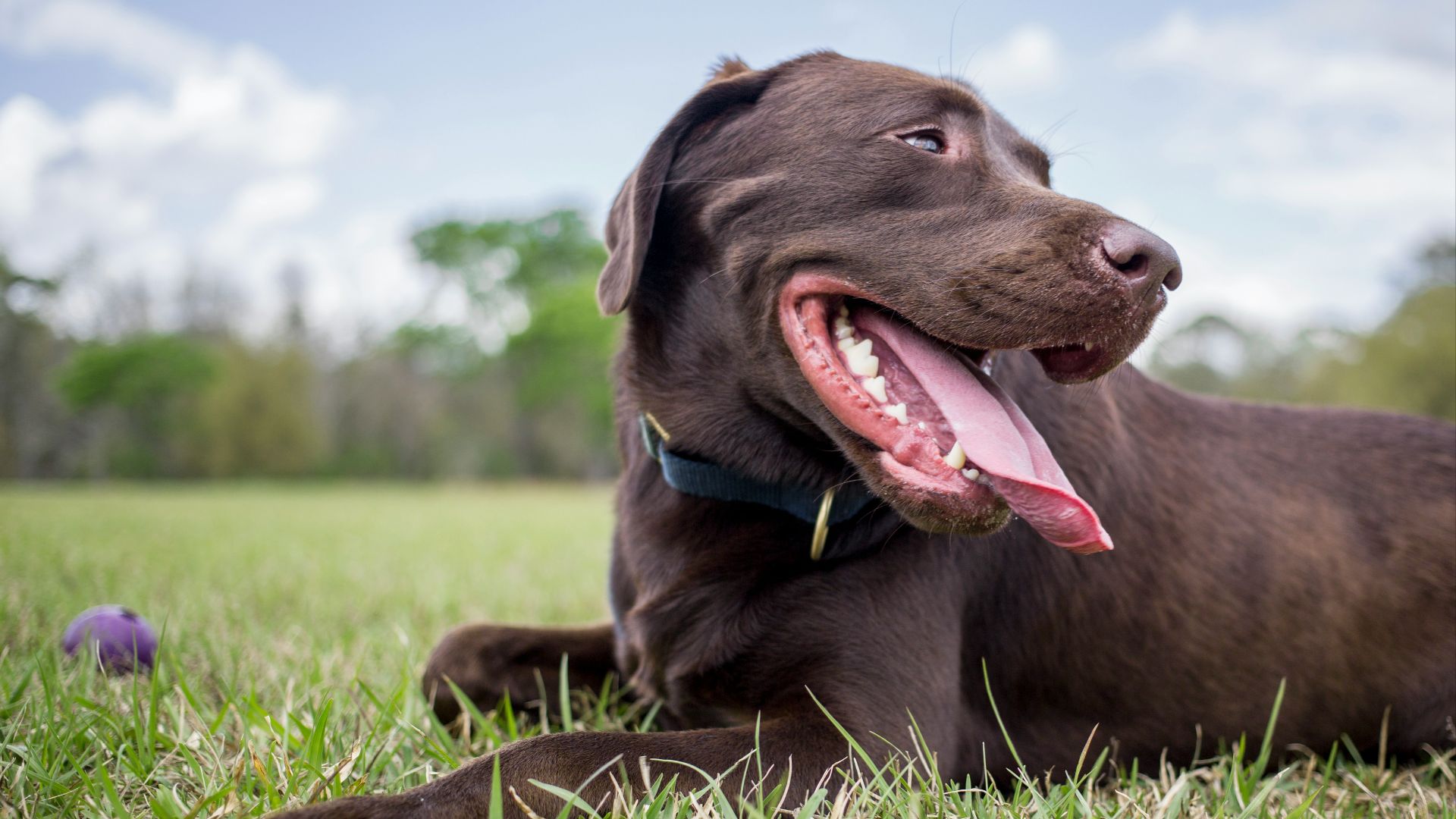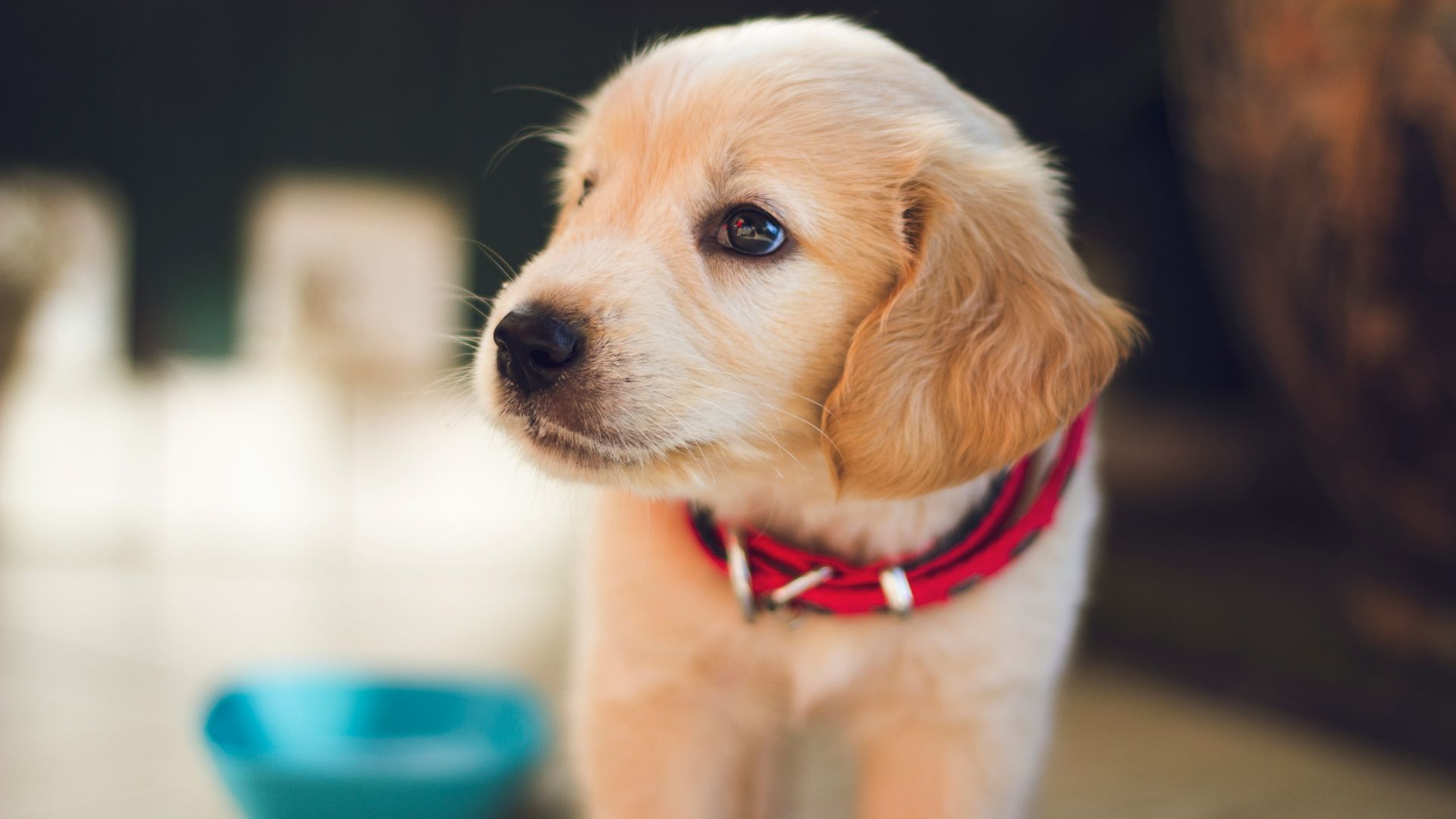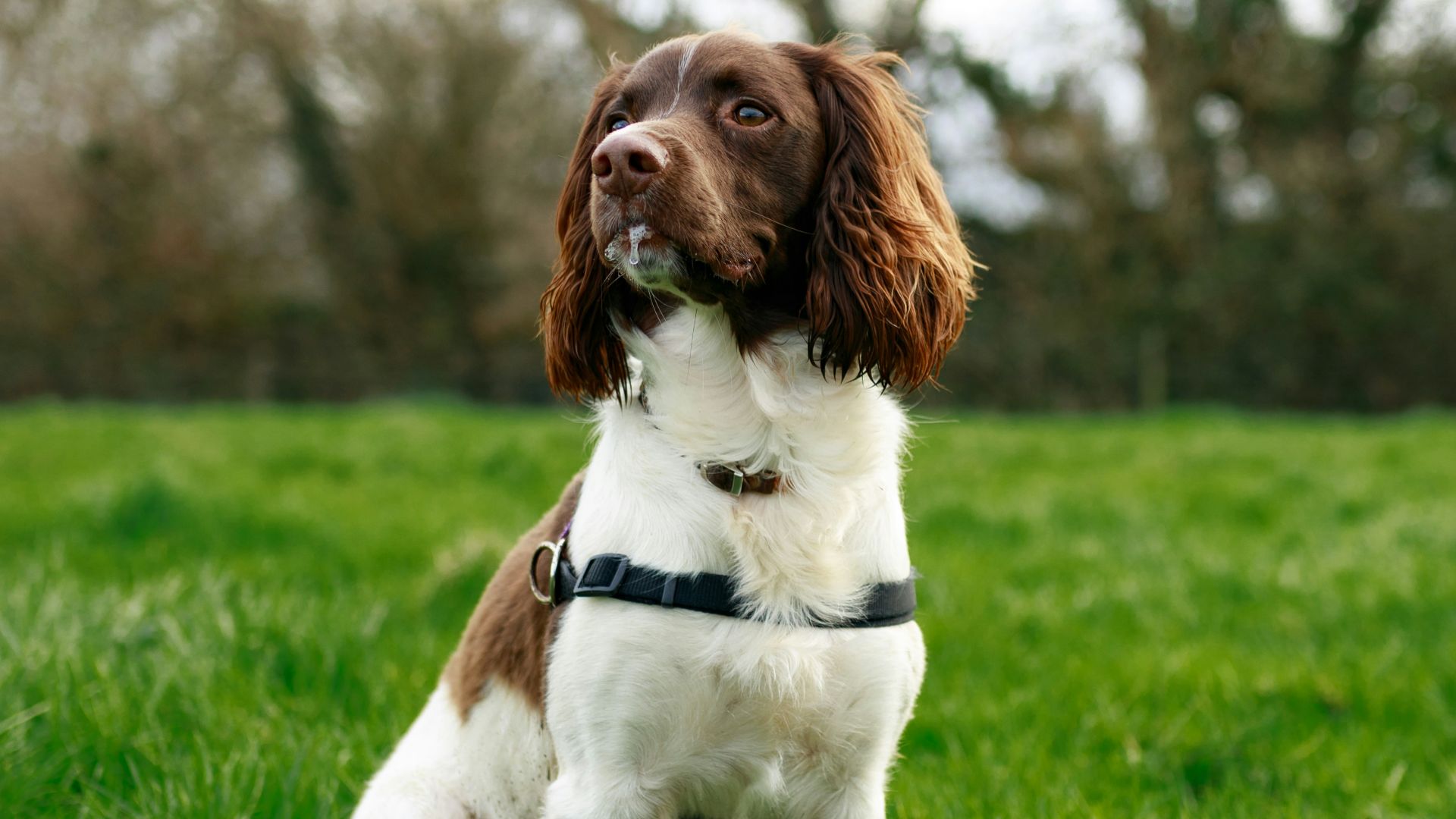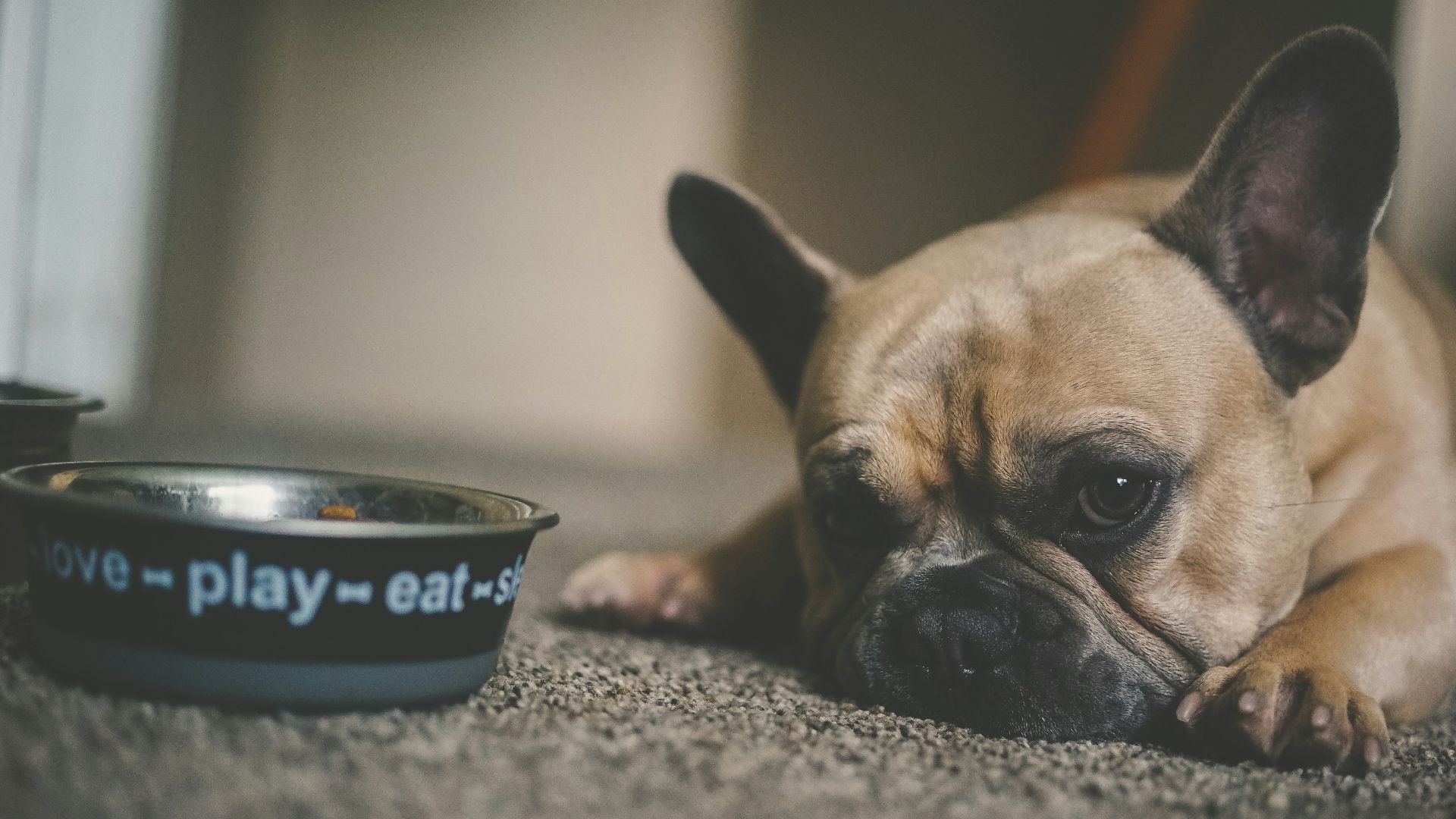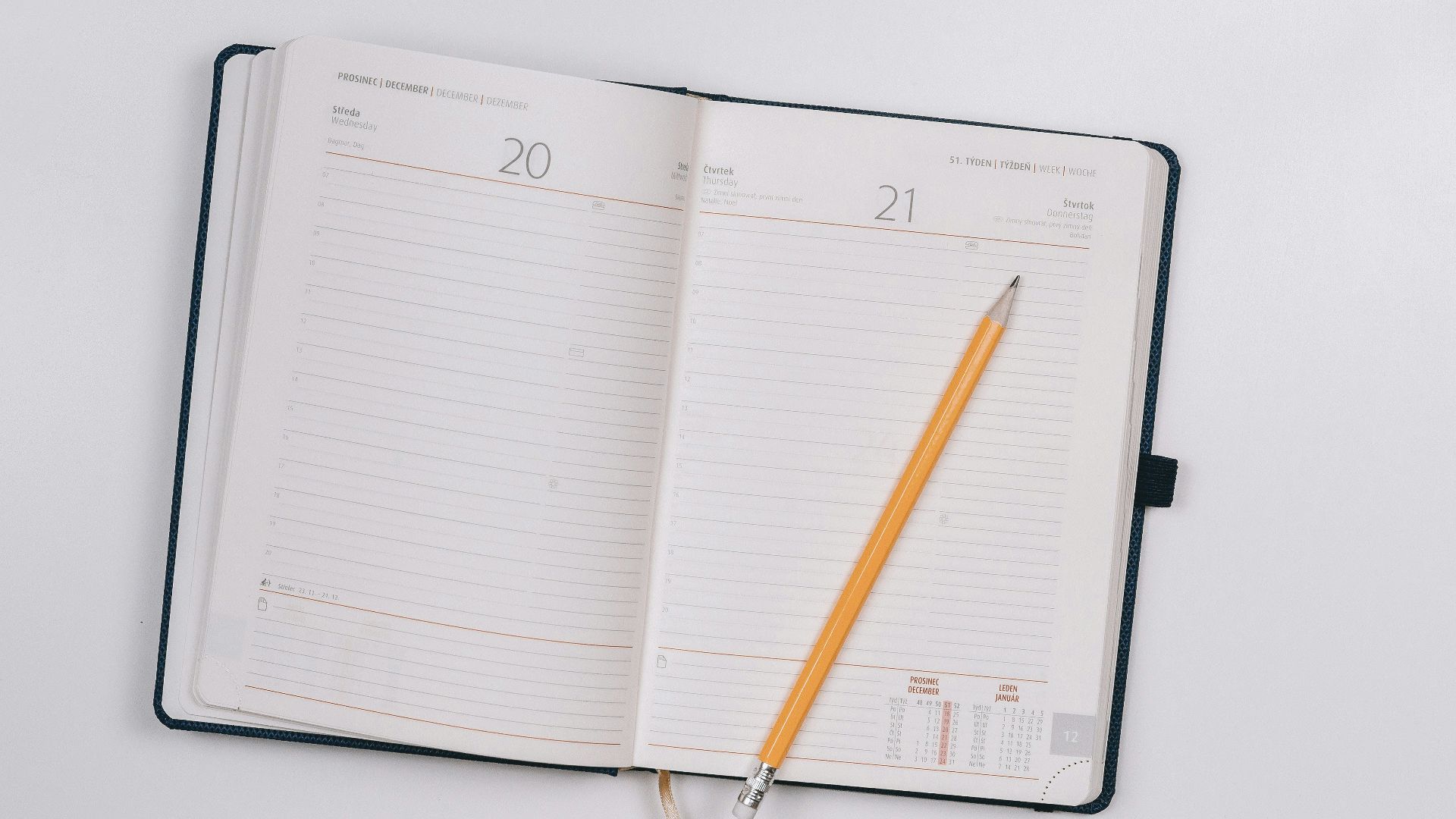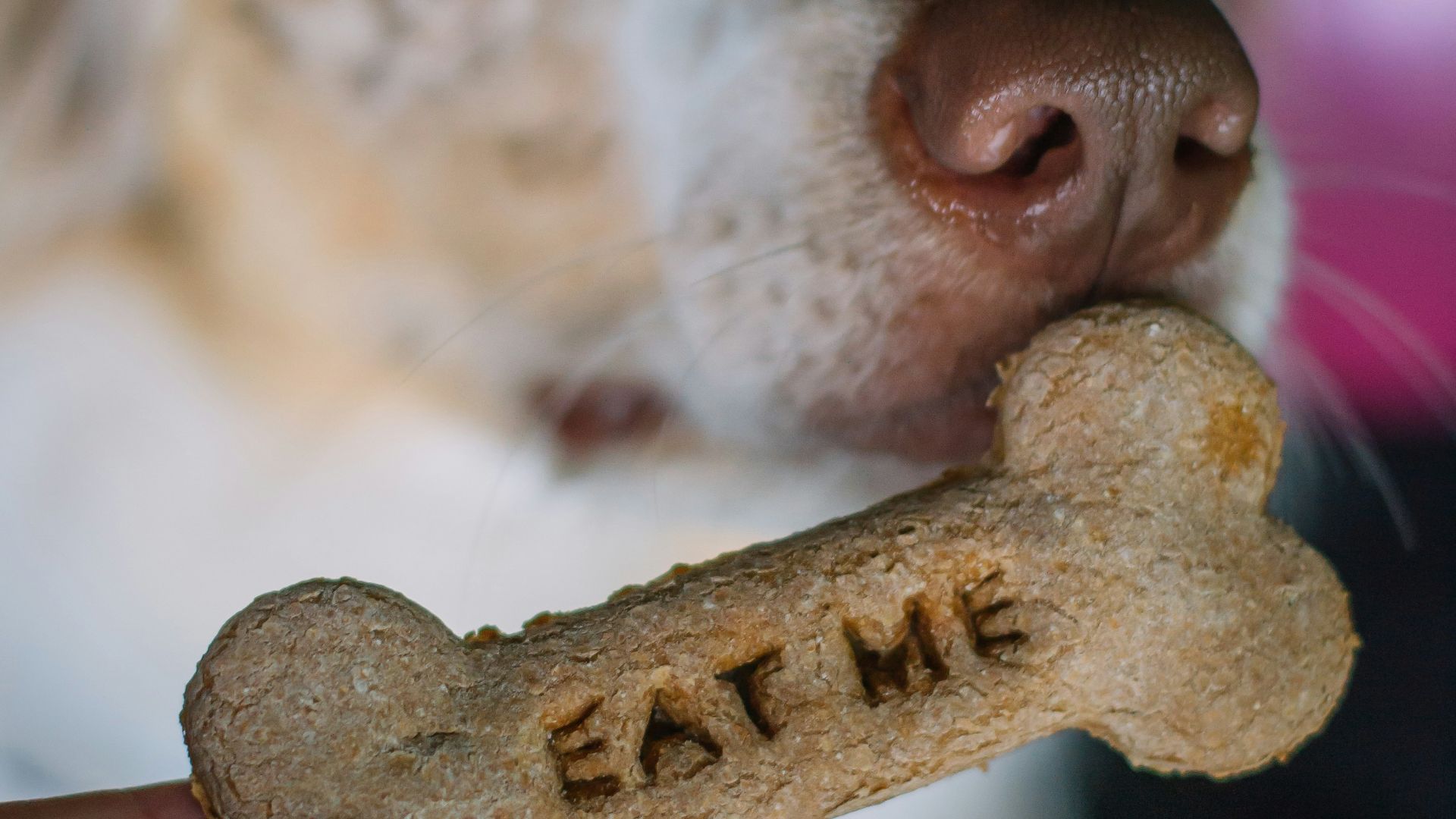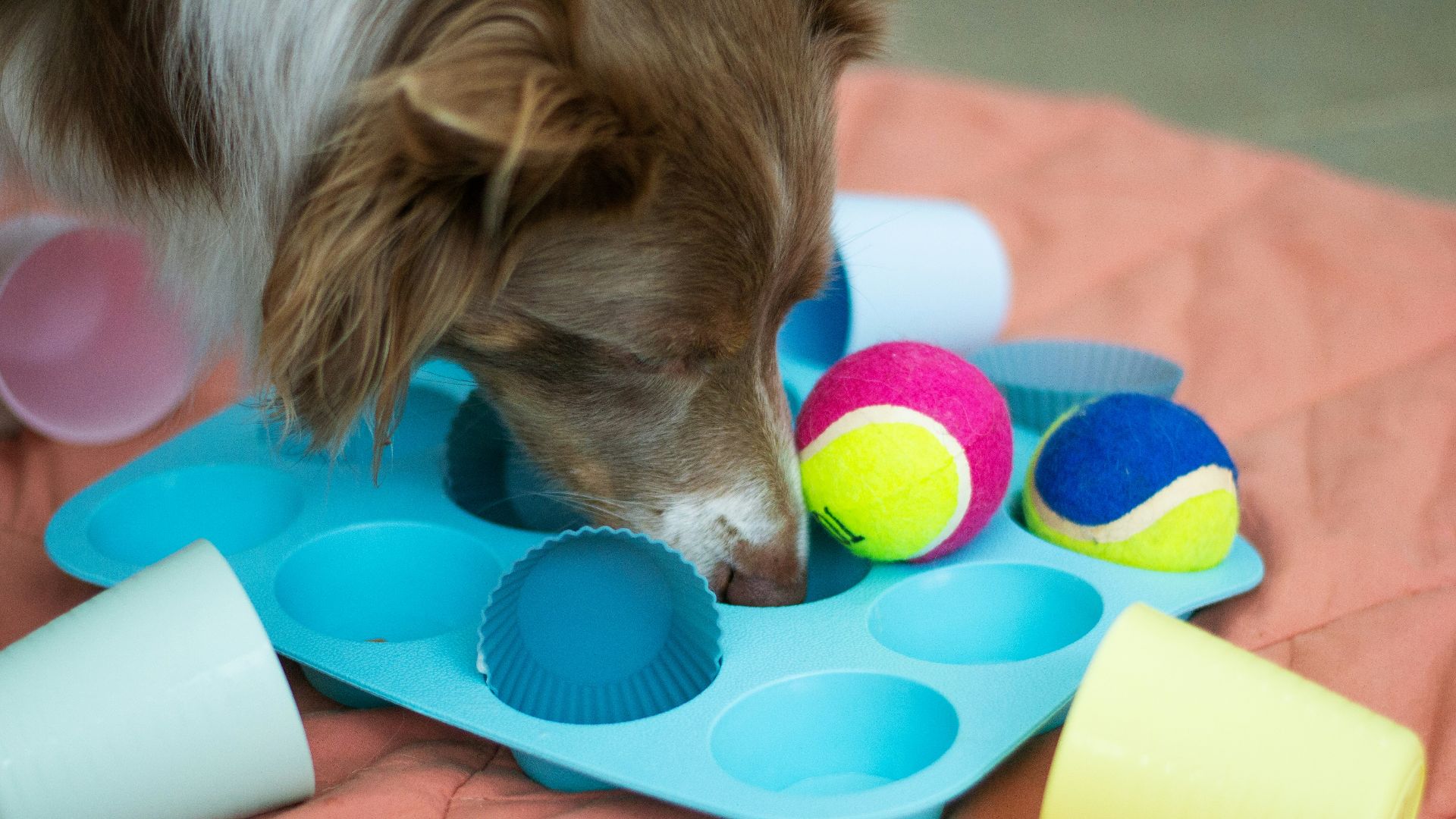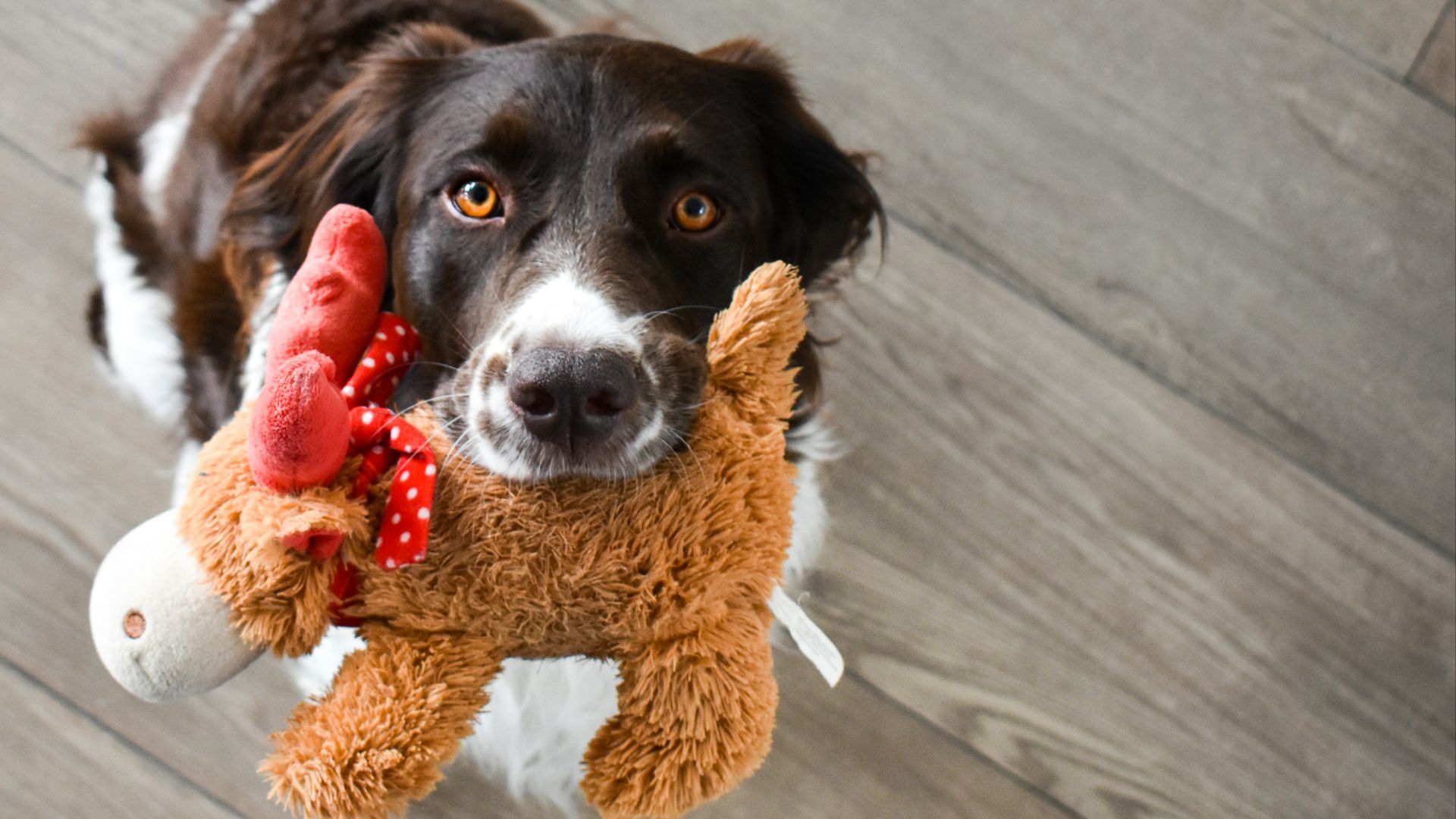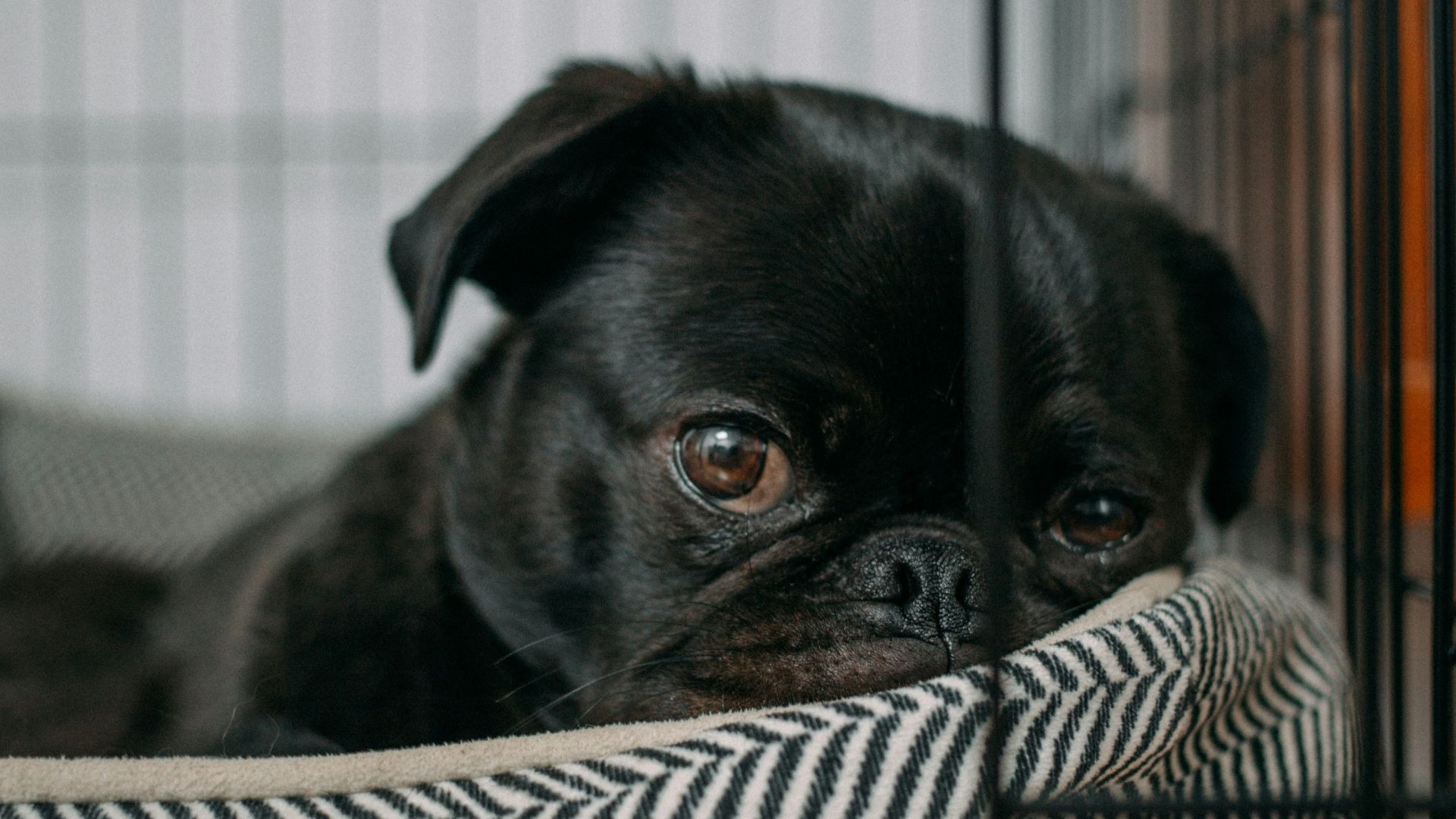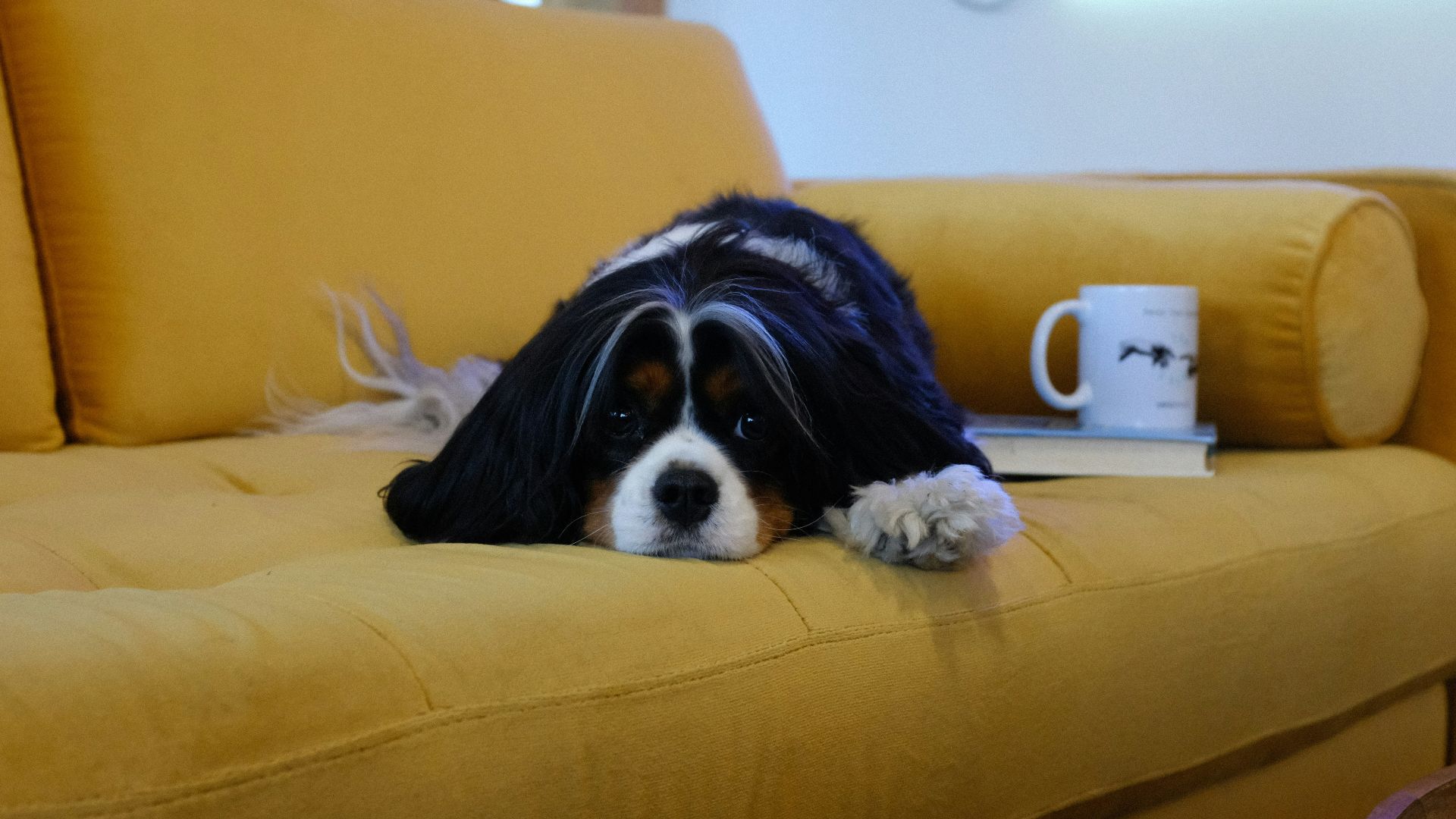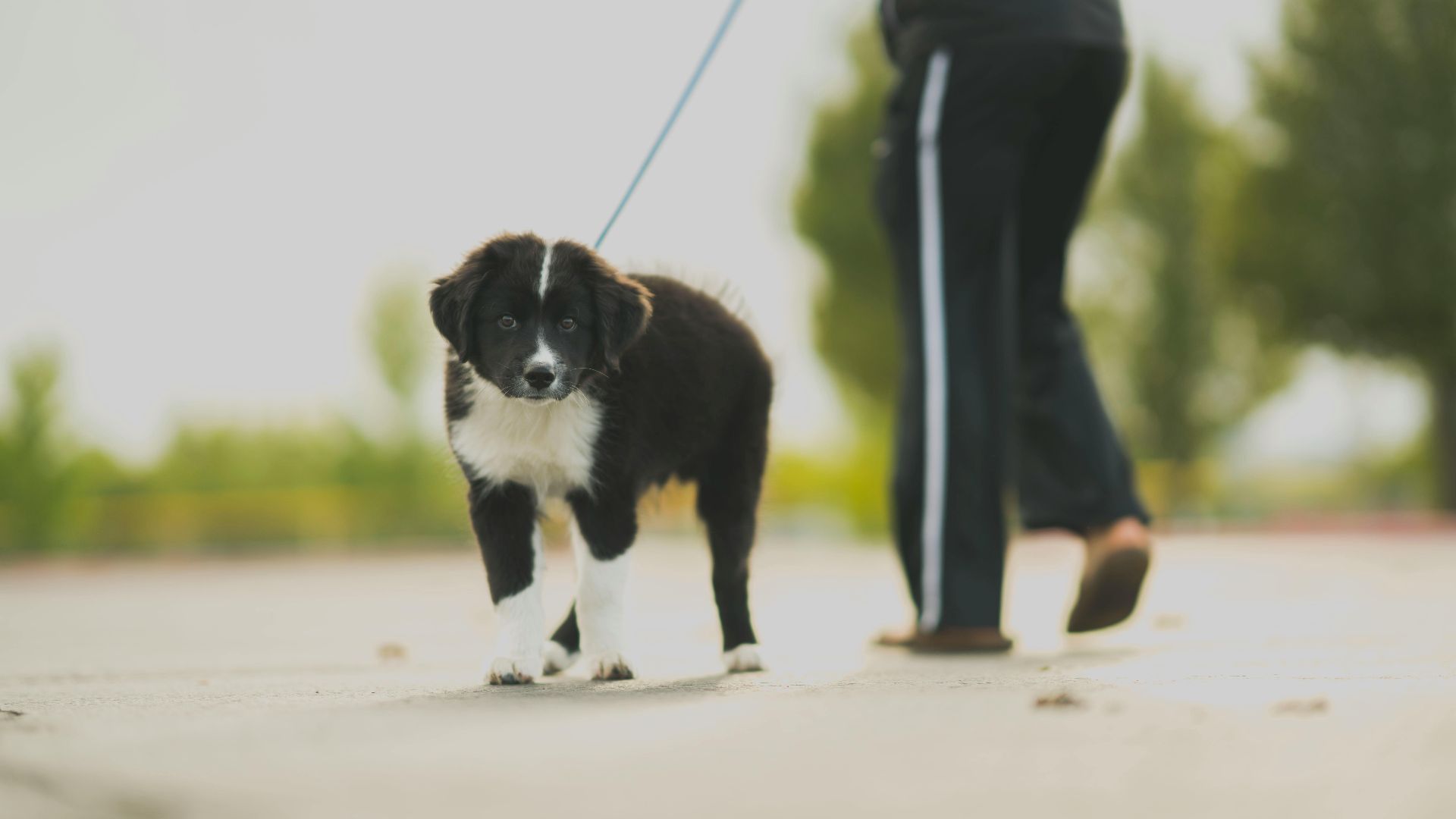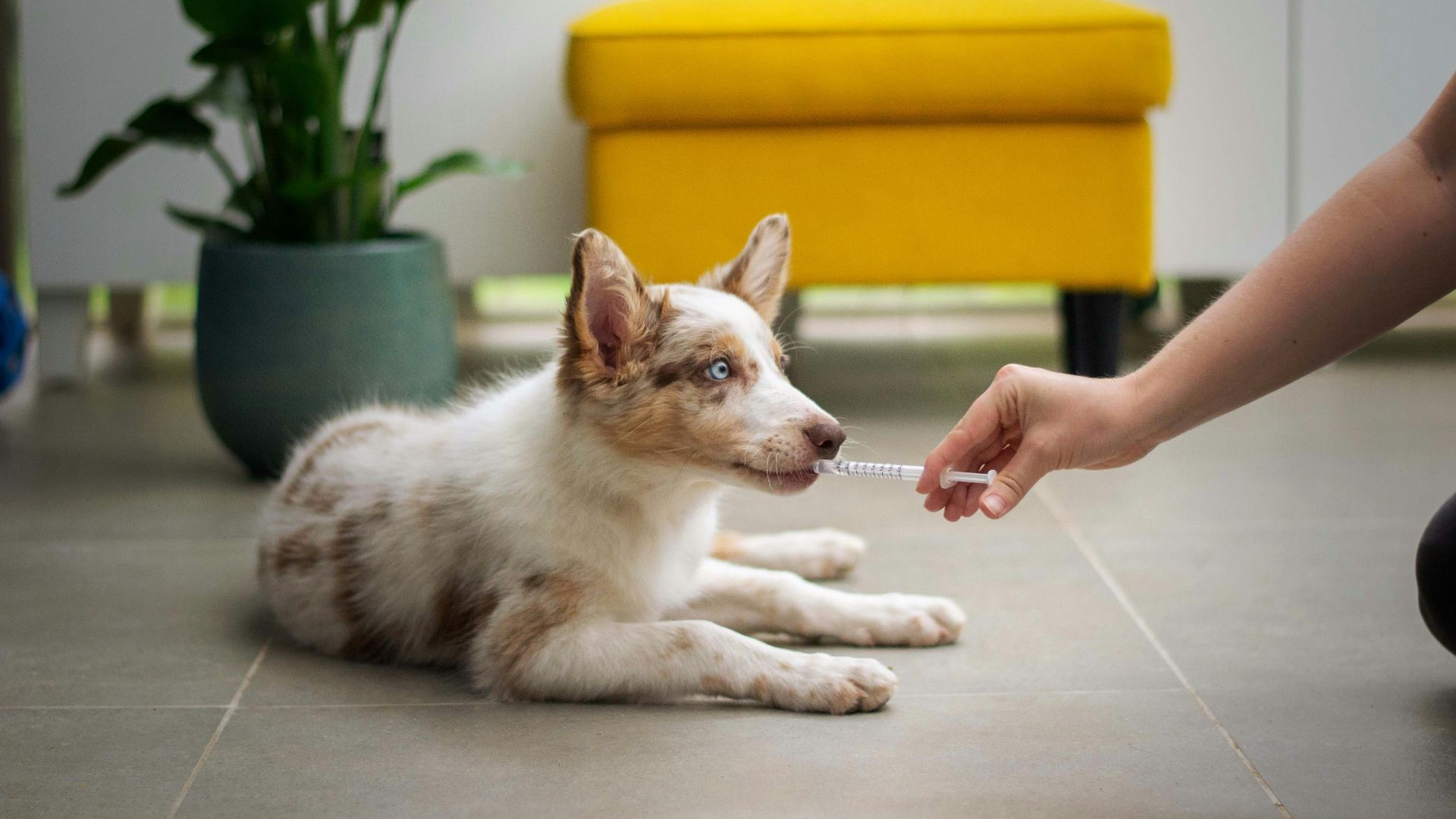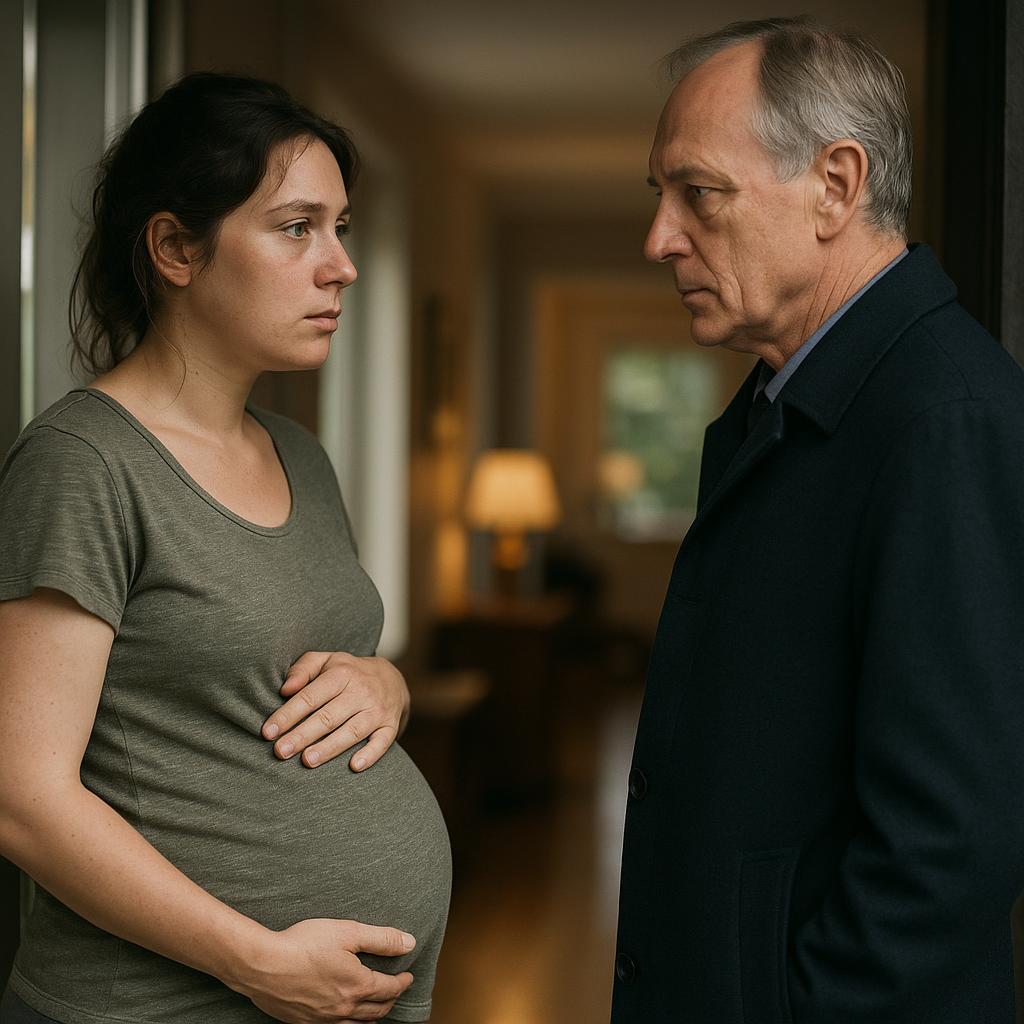Should You Stay or Should You Go?
Our dogs are a part of the family—but they don’t always see themselves as four-legged members. They often see themselves as perfect partners in crime, and when we can’t bring them with us, they may develop a bit of anxiety. It can be jarring to see, but let’s go over some common symptoms and what you can do to help them through their nerves.
1. Clingy Behavior
Dogs who sense an incoming departure might stick to their owners like glue. They’re trying to ensure you don’t leave, so don’t be surprised if they won’t get off the bed or if they nudge against your legs.
2. Excessive Drooling
You may associate excessive drooling with stomach upset, but it’s also a common symptom of separation anxiety. Dogs who pant or drip all over the floor might do so the more anxious they get.
3. Destructive Behavior
So, you trusted your pup to watch the house in your absence—only to come home and see a furry tornado ripped through the living room. It’s common for anxious dogs to destroy furniture, rip up blankets, and even chew areas of the house (like banisters or bed frames).
4. Escaping
Ideally, your dog would be safely kept in a locked house while you’re out. However, some owners take the added precaution of a crate, which our little escape artists can break out of. Whether it’s knocking over their crate or hopping over the bars, anxious dogs can get pretty desperate for freedom.
5. Whining or Shaking
One of the saddest symptoms is shaking or crying. When dogs sense we’re about to leave, they may tremble, whine, or even elicit a high-pitched bark. It’s tough to see them struggling, but remember it’s all part of the process!
6. Self-Harm
Dogs don’t mean to hurt themselves, but that doesn’t mean they won’t. From excessive licking to chewing items they shouldn’t, your pup might unintentionally cause themselves harm. If it’s an ongoing problem, some parents may want to consider an indoor camera.
7. Barking
Dogs bark for all sorts of reasons, but anxious pups sing through the night. While some barking is caused due to your absence, they may also bark at external stimuli like mail deliveries, car horns, or other dogs passing the house.
8. Pacing
If your dog has free rein in the house, they may pace in your absence. You likely won’t catch the behavior without a camera to monitor them, but some owners may notice it before they head out.
9. Training Regression
Anxious pups forget themselves, and that means urinating or defecating in the house. To make matters worse, some dogs may even exhibit coprophagia—which is when they eat their own excrement.
10. Decreased Appetite
Nervous dogs aren’t always interested in dinner or make-up snacks. Keep an eye out for decreased appetite and book an appointment with your veterinarian if it becomes persistent; it’s always worth it to speak with a professional about prolonged behaviors.
Now that we know what to look out for, it’s time to dive into a few ways you can curb anxious behavior.
1. Consistent Schedules
If you’re still training your dog to be alone, it’s important to stick with a schedule. Dogs thrive under conformity, especially during stressful times, so make sure you start small and leave at consistent times. If you leave for half an hour one day, and four hours the next, you might undo all your progress.
2. Positive Reinforcement
Hey, we’re home! Everyone’s very excited! As tempting as it is to pet your pup, give them a few minutes to settle down first. You want your dog to associate calm behavior with positive reinforcement—not your return.
3. Give Them Plenty of Exercise
Every dog needs a healthy walking regimen, and it’s especially important for anxious pups. When you work them out beforehand, you have a better chance of them napping during your absence. You’ve also provided enough mental stimulation to keep them occupied.
4. Interactive Activities
Of course, a nice walk isn’t always enough. If your pooch struggles with alone time, interactive activities like puzzle toys or lick mats could help them through. You could even keep a special toy in their crate or on their bed to help calm them.
5. Minimize Distractions
Does your dog notice every little thing? Minimize those distractions before leaving the house. Place them in a quiet area of the house, draw the curtains, and keep them entertained with interactive toys.
6. Crate Training
Crate training isn’t always the answer, but it’s a great option for some. Associate crate training with positive reinforcement and never force your pooch inside if they seem afraid. Some pups see a crate as their safe space, which could help calm them down in your absence.
7. Avoid Punishing Them
Did you come back to a destroyed living room? Keep you cool and don’t punish your dog. Dogs don’t have a great memory, so punishing them for past behavior will only confuse them—and will make them even more anxious the next time you leave. It’s always better to reward positive behavior!
8. Recruit Added Help
Most dogs can handle an hour or two by themselves. A lot of them, however, can’t handle an entire day alone. If you work every day, consider daycare or a dog walker to give your pooch the stimulation they need.
9. Consider a ThunderShirt
Adorable name aside, ThunderShirts boast an 80% success rate for anxious dogs. Think of them like a hug for your pooch; they help ease the symptoms of anxiety without curing them completely.
10. Speak With Your Vet
Common symptoms aren’t always anxiety-based. If you notice persistent behavioral issues or prolonged symptoms, take your pup to the vet. They’ll rule out any potential problems and may even prescribe medications that keep them calm.


